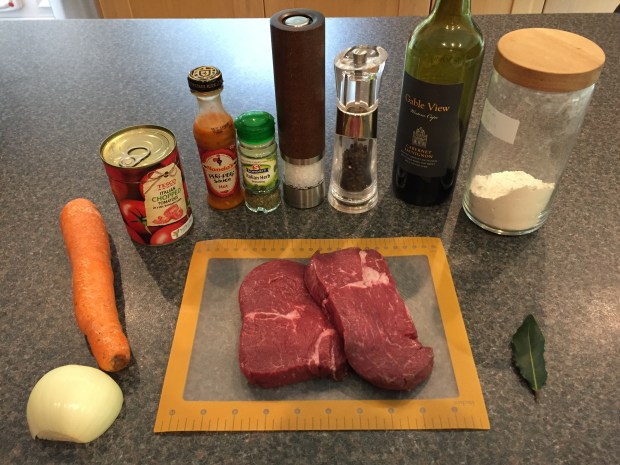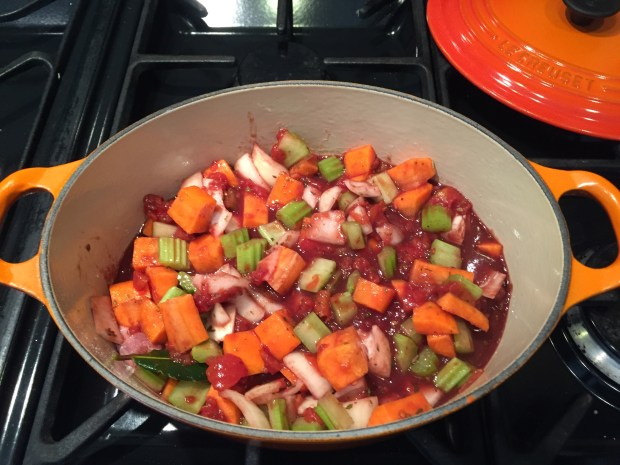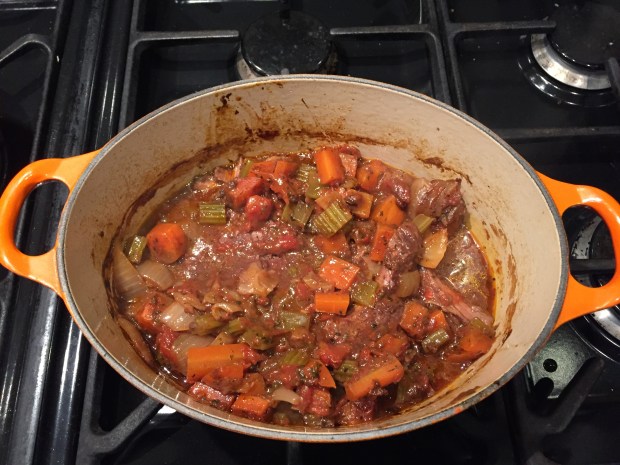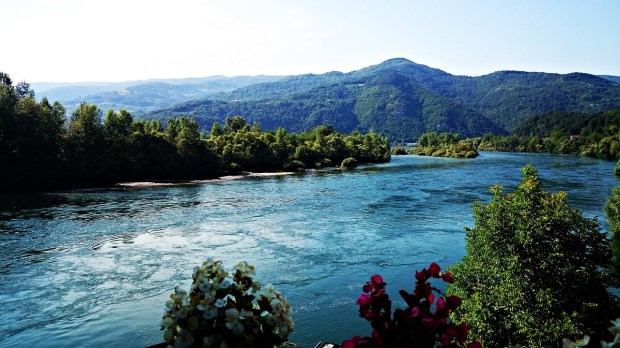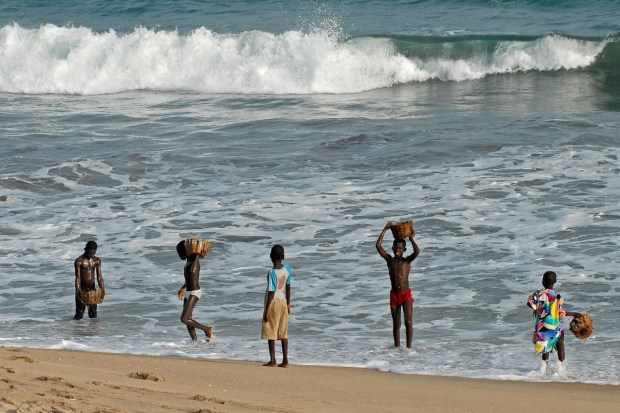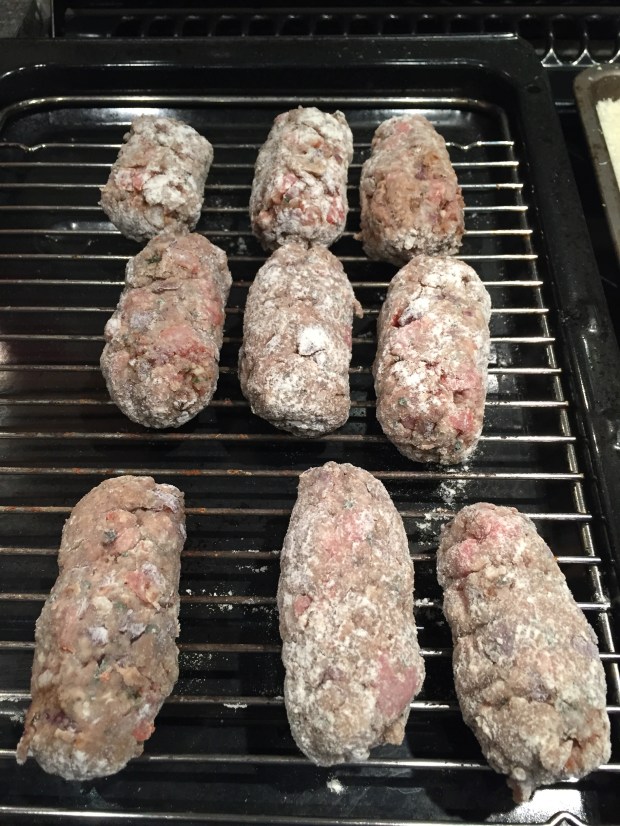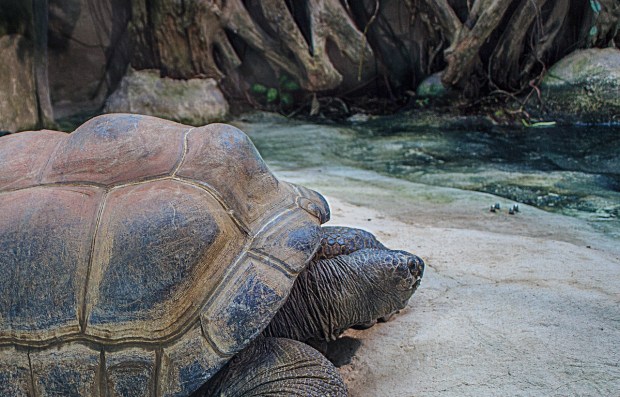Some interesting stats about Sweden:
86% of Swedes live in cities
There are 95,700 lakes in Sweden, making up approx 9% of its total area
The highest & lowest ever recorded temperatures are 38 degrees celsius (Jun) and -53 celsius (Feb)
Swedes are entitled to 480 days of paid parental leave, 90 of those days are reserved for the Dad
Students are paid $187 per month to attend high school
They’ve won 25 Oscars over the years – Ingrid Bergman won 3
Despite being a military power in the 17th century and one of the world’s largest producers of weapons, Sweden has not participated in any war for almost two centuries, including both world wars
With a tax rate of 51.4% of GDP, Swedes are one of the most highly taxed populations in the world. Ironically, they are generally happy to pay a high tax rate, and the Swedish word for tax is skatt, or “treasure.”
Between 300,000 and 400,000 moose (Alces alces) roam the Swedish woods. Over 100,000 are shot during the annual hunt, and about 250,000 people participate in the hunt. The moose is also considered the most dangerous animal in Sweden. Every year, they cause approximately 6,000 road accidents.
ABBA is the fourth-best selling music act in history, after Elvis Presley, the Beatles, and Michael Jackson. The group has sold over 375 million records worldwide. At one point, ABBA was second only to Volvo as Sweden’s biggest export earner.
And finally .. 1.8m Ikea meatballs are eaten on average every day worldwide!
When it comes to the food, I really was spoilt for choice. Some of the mouthwatering temptations include Semlas (cream filled buns), Jansson’s temptation (a creamy potato and anchovy casserole), Västerbotten cheese pie & a huge array of fish & shellfish dishes. However, I simply couldn’t resist the obvious. I cooked Köttbulla (Swedish meatballs) and they were absolutely delicious!
Rating: 10/10
45g fresh white bread, crusts removed and bread cut into 1/2-inch pieces
1/4 cup milk
2.5 tbsps unsalted butter
1/2 medium onion, chopped finely
340g minced beef chuck (about 20% fat)
140g minced pork (about 25% fat)
2 tsp salt
1 large egg
1/8 tsp ground white pepper
Pinch ground allspice
Vegetable oil, for frying
1.5 tbsp flour
1 cup chicken stock
1/2 tsp soy sauce
1/4 tsp apple cider vinegar
Chopped flat-leaf parsley, for garnish
In a medium bowl, combine bread with milk, tossing to coat. Let stand until bread is completely softened and most of the milk absorbed, about 10 minutes.
Meanwhile, in a small skillet, melt 1 tablespoon butter over medium-high heat.
Add half of the onion and cook, stirring, until onion is golden and tender, about 5-6 minutes.
In a stand mixer fitted with the paddle attachment or in a food processor, combine minced beef, minced pork, bread and any remaining milk, cooked onion, remaining raw onion, salt, egg, white pepper, and allspice.
Starting on low speed and increasing to medium-high, beat mixture until ingredients are thoroughly combined, about 30 seconds to 1 minute.
Line a baking sheet with parchment paper.
Dipping your hands in water as needed to prevent meatball mixture from sticking, roll roughly 1-tablespoon-sized portions of meatball mixture into balls slightly smaller than golf-ball size.
Transfer to lined baking sheet.
Set a rack over a clean baking sheet and heat oven to 200°F. Heat about 1/2 inch of oil in a wide skillet to 350°F.
Working in batches, lower meatballs into oil and fry, turning until well browned all over, about 2 minutes. Transfer browned meatballs to the rack and keep warm in the oven.
In a medium saucepan, melt remaining 1.5 tablespoons butter over medium-high heat until foamy.
Whisk in flour and cook, whisking, until raw flour smell is gone, about 3 minutes.
Whisk in chicken stock, bring to a boil, lower heat to a simmer and cook until thickened, about 3 minutes.
Whisk in soy sauce and cider vinegar. Season with salt and white pepper.
Add meatballs to gravy and stir to coat. Simmer until meatballs are heated through.
Serve with buttered mashed potatoes.

Frying the meatballs

Swedish meatballs

Swedish meatballs with mash

Sundborn lake

Nortalja channel bridge

Swedish Moose








